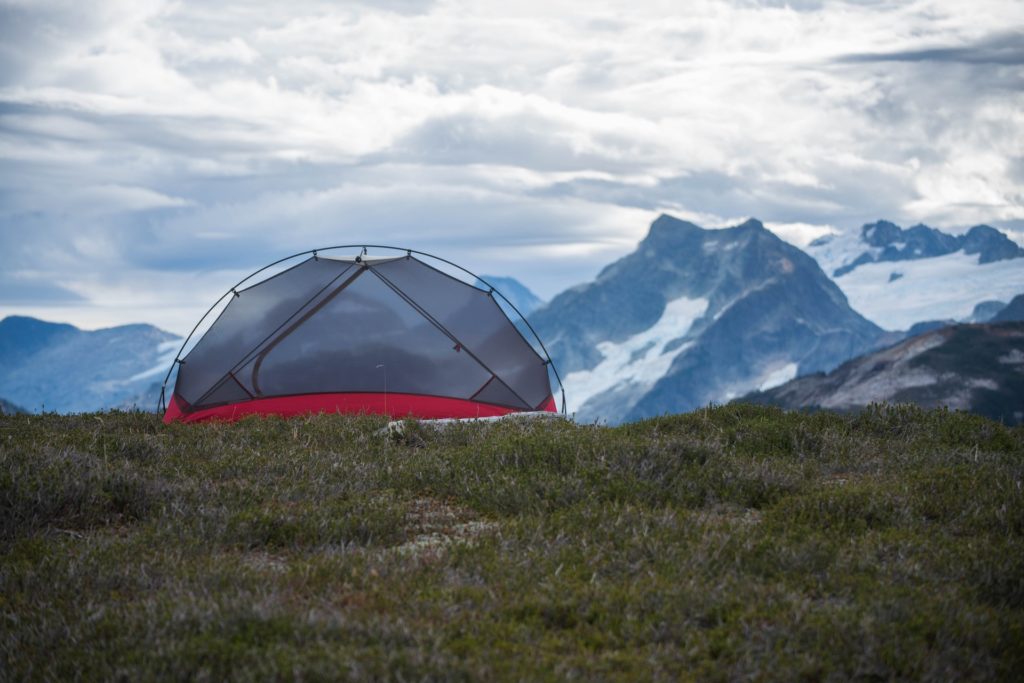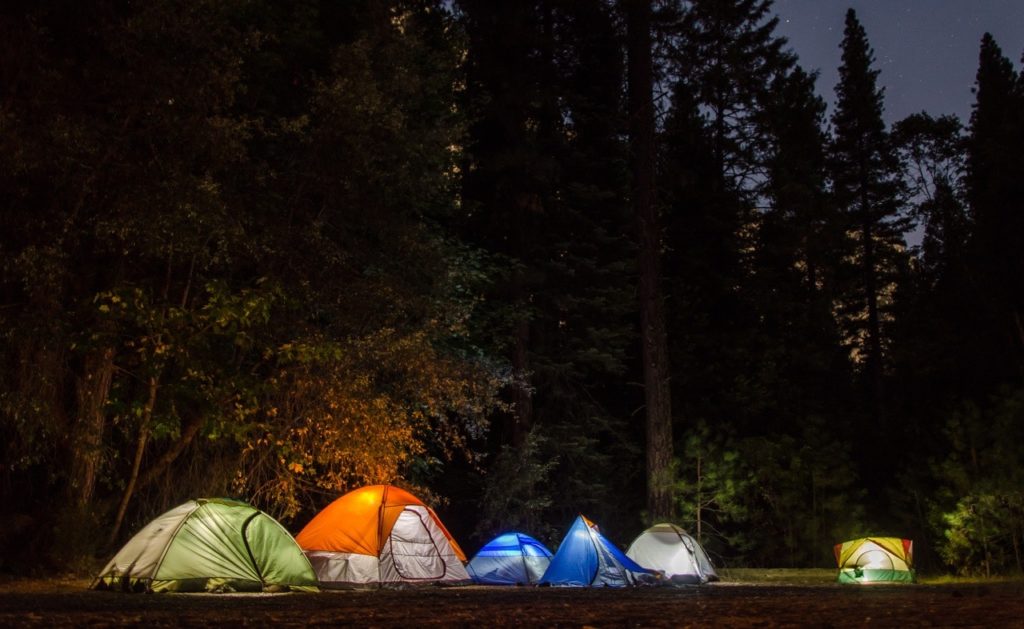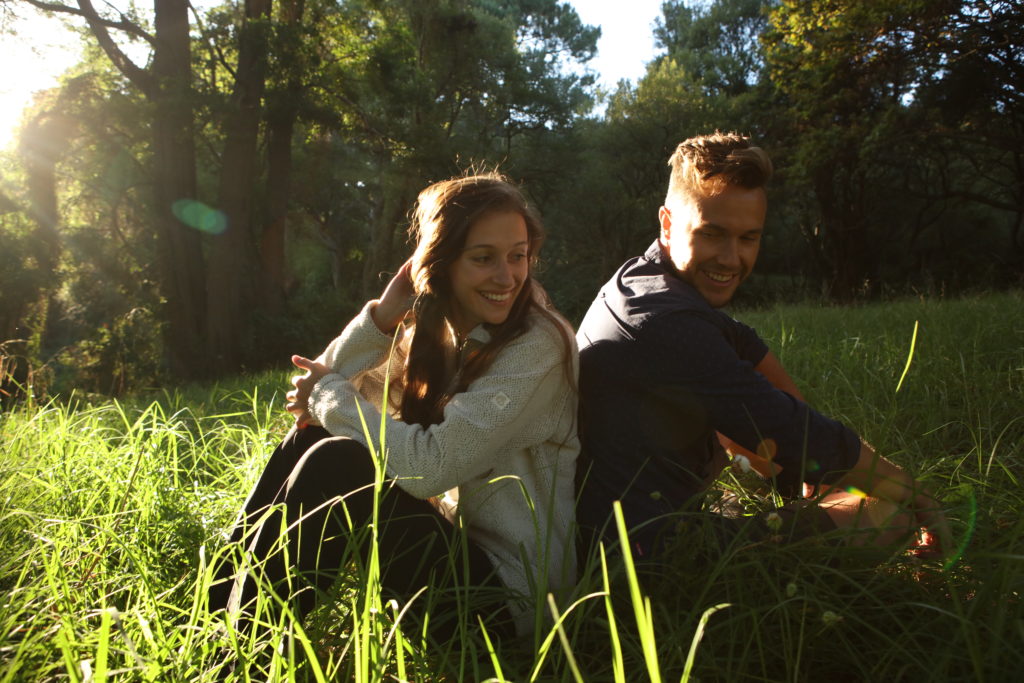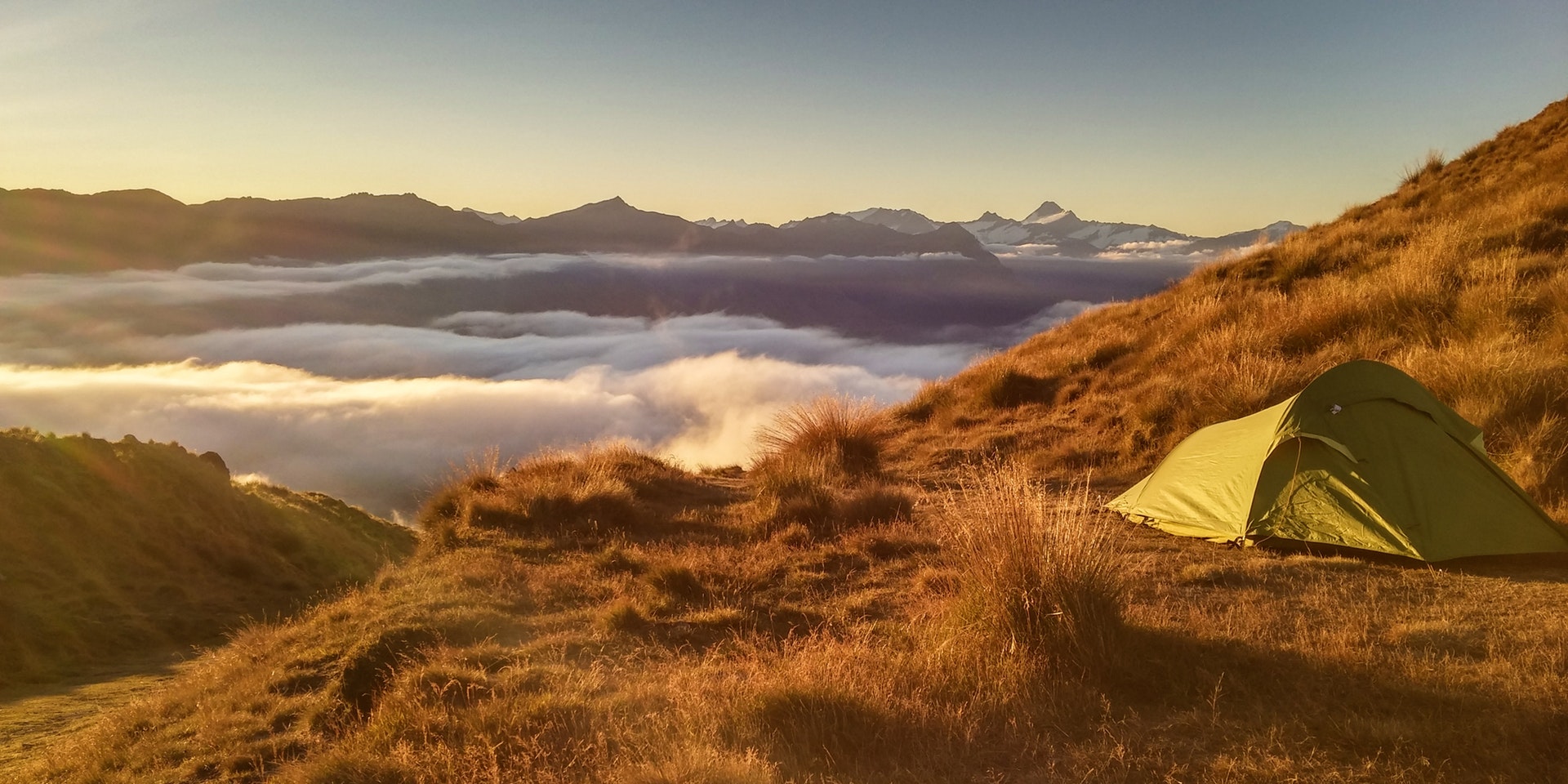Craving some time to yourself in the great outdoors? Want to get out of the city and truly take some time for yourself? Wild camping may be the way for you to get away from it all. Get a little closer to nature, take some much-needed me time and pitch up – all without another camper in site. Wild camping is for those of us who feel the confines of traditional campsites are simply not off-grid enough! So, if you’re craving the rawness of the open countryside and the wild one inside of you is screaming out to be let free, check out our wild camping tips to get the very most out of your off-grid adventure.
Wild camping UK: What you need to know
Though you may have a wild heart, there are a few wild camping tips that you should consider.
Firstly, know your location!
All land in the UK is legally owned, so it pays to do your homework before you set up camp in an unknowing landowners field. In Scotland and Dartmoor, wild camping in unenclosed areas is perfectly legal, but if you’re planning a trip outside of these areas, you should certainly do your homework. If you’re unsure, ask the landowner for permission. Popular areas for wild camping are the regions of Snowdonia and the beautiful Lake District. With its miles of stunning mountainous landscapes, there are a plethora of unique locations to pitch up your tent.

Why is wild camping allowed in Scotland?
In Scotland, wild camping was actually made legal after a group of ramblers campaigned in 2005. Thanks to these innovative adventurers, you can now go wild camping on hill land whilst being respectful of any livestock or dwellings…which brings us onto another vial wild camping tip for adventurers…
Follow some basic rules of etiquette.
Whether you’ve organised your spot with the landowner in advance, or you’re simply pitching up in the highlands after a day’s hike, it’s important to leave no trace of your being there. As a wild camper, being considerate of your surroundings is all part of experience. So, make sure you don’t disturb local wildlife, never build a campfire – use a raised stove instead – and take all belongings with you when you leave.

Going wild camping in Ireland?
Though not strictly legal in Ireland, wild camping is a practice tolerated in the more remote areas of the country. The Northern Ireland Forestry Service does issue permits for camping at some of its sites – so it’s worth contacting them ahead of your trip for more information. This might just be the perfect opportunity to check out the stunning coastline of Northern Ireland and the Giant’s Causeway!
What to take camping
So now you’ve decided where you’re going to pitch up, it’s time to make a list of what you need for camping in the wild! Make a checklist and tick each item off as you pack. The main item you’ll need for your adventure is a sturdy tent among a few other camping necessities and accessories that will keep you warm and comfortable during your wild camping trip.
Don’t forget to put your safety first!
Before you head out, don’t forget to tell someone where you’ll be camping and how long you’ll be staying. By its very nature, wild camping means that you’re getting away from civilisation – so make sure you keep your friends and family informed as to your whereabouts. And don’t forget to pack the safety essentials: first aid kit, torch, and whistle.
 |
The perfect wild camping gear
Have you considered what clothes you’re going to pack? Let’s be honest – we live in the UK and even in the height of summer, the nights can get rather chilly. So, it’s important to pack clothes that prepare you for all temperatures. Our Nosilife range is designed to provide a protective barrier against insects to keep those pesky mozzies away, so make sure you invest a few key pieces that will offer you that extra defence against bugs. Remember to build a good layer system with some thermal base layers, t-shirts, insulating fleeces and a handy hat and gloves. A good waterproof jacket and pair of walking boots are also essential wild camping gear!
Wild camping food
Unless you’re planning on going all in and foraging for your supper, you’re going to want to pack a few meals and snacks. Depending on how long you are staying, we’d recommend stocking up on food that is filling and simple to cook up on your camping stove. Dried fruit and nuts are a perfect protein-packed, snack, and dried pasta and couscous are a good meal option with pre-prepared sauces. Tinned food that can be heated up is another perfect solution when you have limited pans to cook in!
Preparation is vital!
By planning your meals in advance and minimising on unnecessary weight such as clunky cooking pans, you’ll be able to cook up a warming meal before settling down in the wild for the night. And while you’re planning out your wild camping menu, don’t forget to come up with a contingency plan too – with wild camping comes an element of adapting to your surroundings. So, if the area you’re exploring doesn’t offer up a suitable camping spot, make sure you’ve got a backup plan, even if that means ditching your off-grid adventure and heading for the nearest B&B.
So, now that you have a better idea of what to take on a camping trip, all you’ve got to do is pack your outdoor wear and camping gear and take your first step into the wild! Don’t forget the countryside code: Take only photographs and leave only footprints.
Happy wild camping, adventurers!
